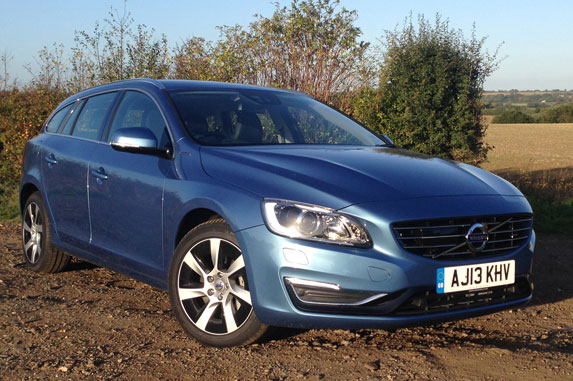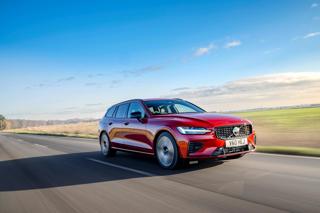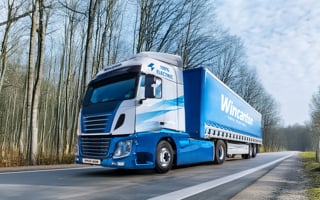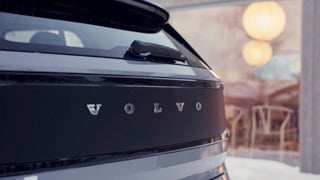Review
Official fuel consumption figures are meaningless. At least almost.
The statement has more credence when you look at plug-in hybrid vehicles, where the combustion of petrol or diesel is deferred by the use of electric power taken from a mains charge.
So for the most part when the V60 Plug-in Hybrid is used for commuting, with charging at both work and home, it comfortably achieves 140mpg-plus.
However, this doesn’t take into account the cost of electricity used for charging, around half of which is provided by my employer.
The cost is unknown, but that really isn’t the point.
It means 140mpg in a plug-in hybrid vehicle isn’t the same as 140mpg in a vehicle with an internal combustion engine.
The benefit of many of those extra miles is delivered through the cost of electricity with payment displaced to another area, whether the employer (where it is currently free and not yet a taxable benefit for private miles), public charging points or domestic electricity bills.
Volvo pioneered plug-in diesel hybrid technology with the V60, and so far most of the plug-in hybrids now available or soon to launch will have petrol engines.
The V60 hybrid will evolve in future generations though.
A V60 using an ultra-efficient 181hp four-cylinder diesel along with electric technology would be more appealing during the times you need the engine, rather than the relatively thirsty 215hp D5 in our test car.
That isn’t to say the 2.4-litre diesel doesn’t have its benefits.
It accelerates faster than most Volvos and is particularly useful when you need a boost for overtaking.





















Login to comment
Comments
No comments have been made yet.